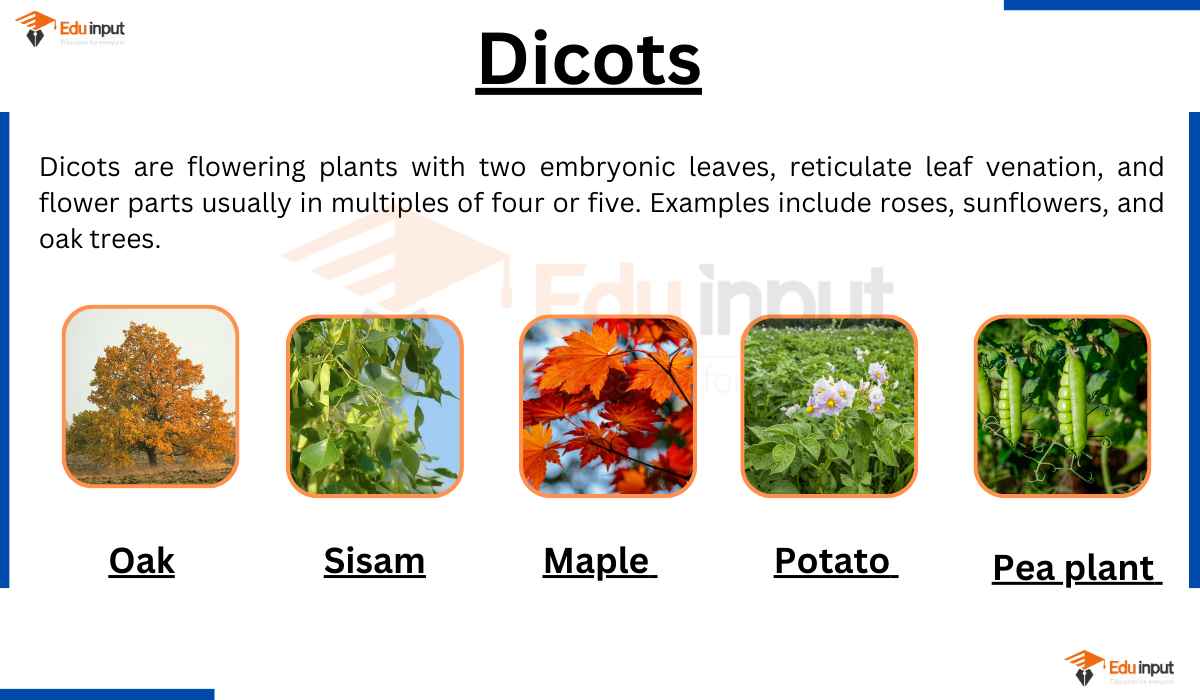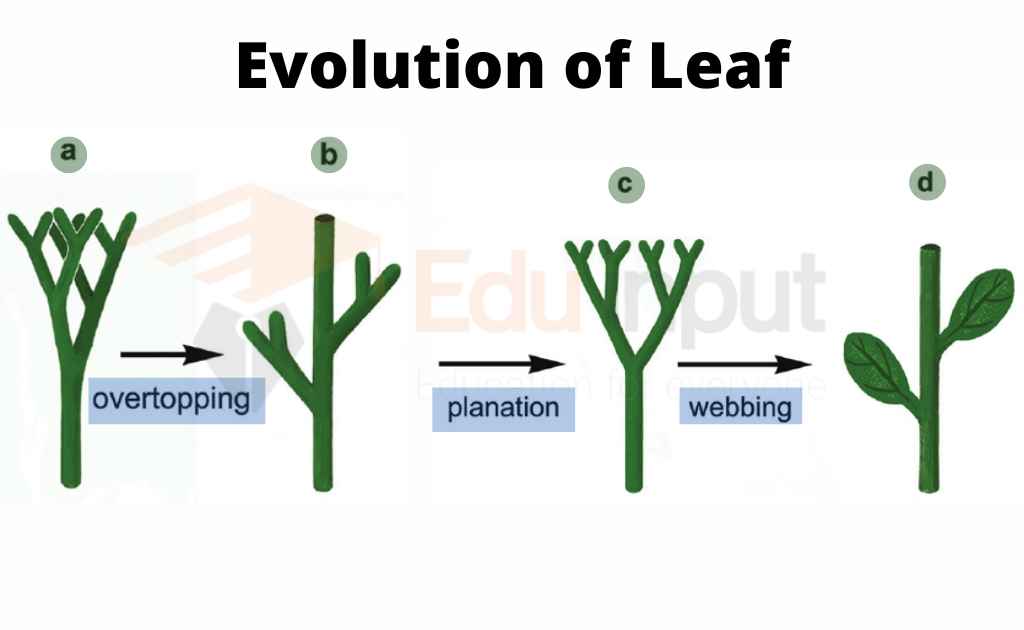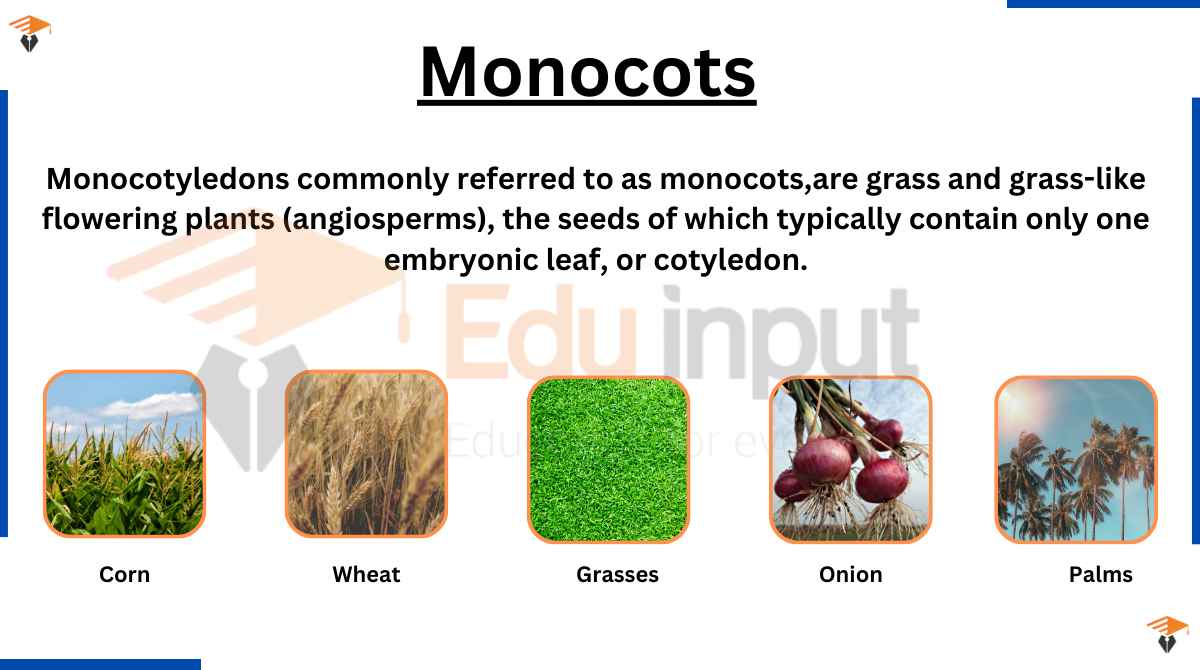What is Seed?-Definition, Structure, and Nature of Seed
A ripened or mature ovule protected by seed coats enclosing, a resting embryo, provided with stored food either in endosperm or cotyledons is called a seed.
What is Seed?
The seed is the part of the plant that contains genetic information. It is also known as germ or embryo. Seeds contain genes from parents and they are responsible for creating new plants.
Seeds are tiny packages of genetic material that contain the instructions needed to create a new plant. They are usually stored inside fruits such as apples, bananas, tomatoes, etc.
The integument of the ovule forms testa and tegmen. Seed may be endospermic or albuminous when endosperm is present (grain of maize). It may be non-endosperm or ex-albuminous in which the food in the endosperm is digested and stored in cotyledons (pea seed).
Structures Of Seed
There are different structures of seed in dicots and monocots.
(a) Dicots:
Dicots have dicotyledonous seed, (seed with single cotyledons) e.g. Pea seed. In dicot seeds, the embryo consists of a short axis. The embryonal leaves (cotyledons) are attached to them. The part of the axis above the point of attachment of cotyledons is epicotyl. The part of the axis below the point of attachment of cotyledons is hypocotyl.
At the upper end of the epicotyl, a minute bud called plumule. It is present between the two cotyledons. It gives rise to embryonal shoots. The lower end of the hypocotyl is radical It gives rise to the primary root.
(b) Monocots:
Monocots have the monocotyledonous seed (seed with single cotyledons) e.g grain of maize. In monocot seeds the cotyledon is terminal. The upper part of the embryonal axis bears plumule and the lower part contains radical.
Nature Of Seed
Seeds can be:
1. Angiosperm
2. Gymnosperm
Angiosperm
An angiosperm is a group of flowering plants that produce seeds enclosed within fruits or nuts. The term comes from Greek words meaning ‘vessel bearing seed’.
Angiosperms are the largest group of land plant species, comprising over 80% of living vascular plants.
Gymnosperm
Gymnosperms are plants that bear naked seeds. Their seeds are not enclosed in a mature ovary. Most gymnosperms produce seeds within their cones, that are invisible until they get mature.

 written by
written by 




Leave a Reply